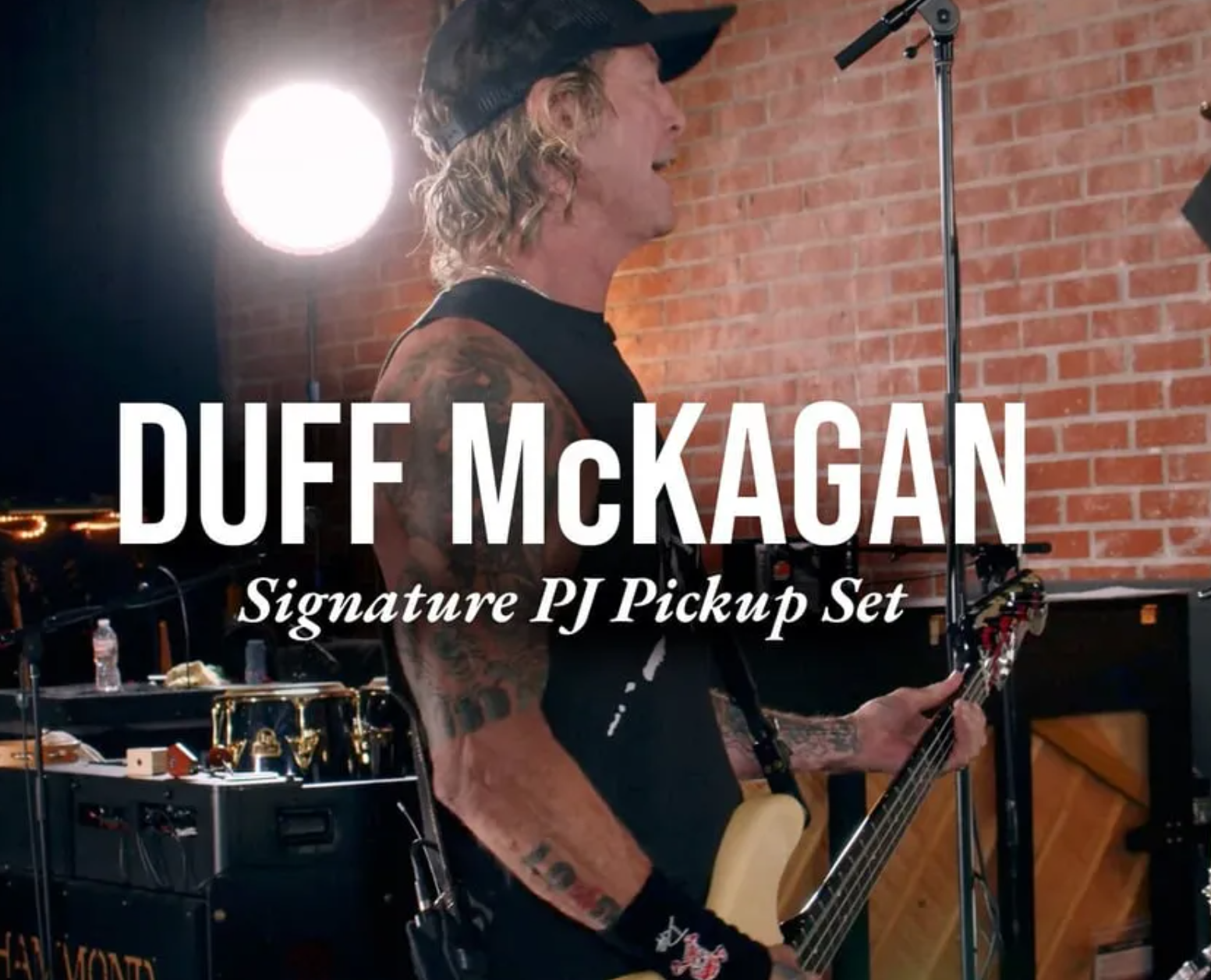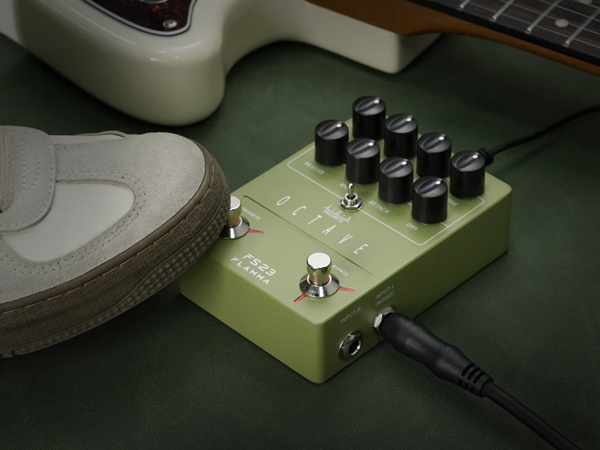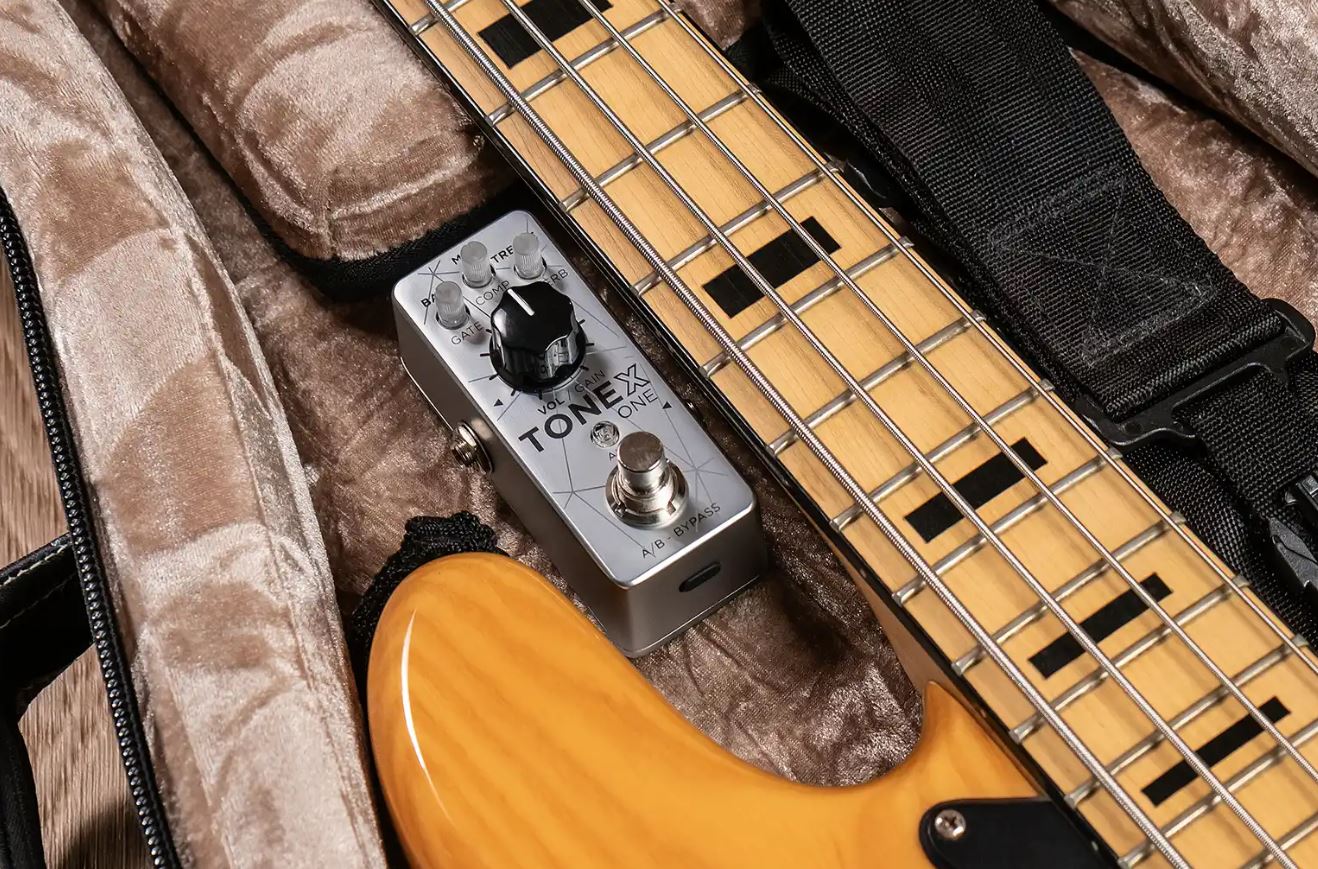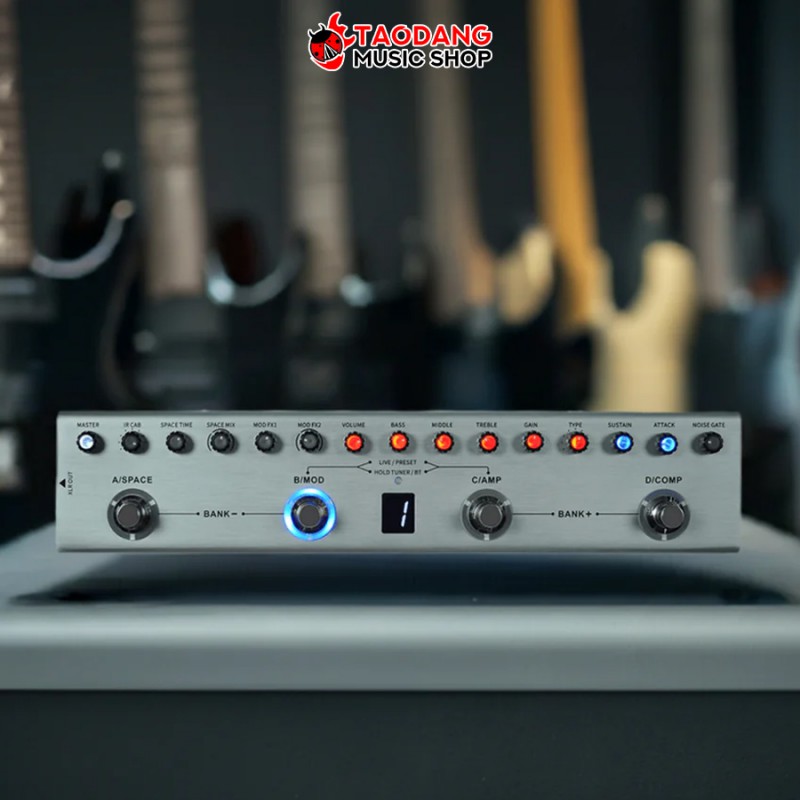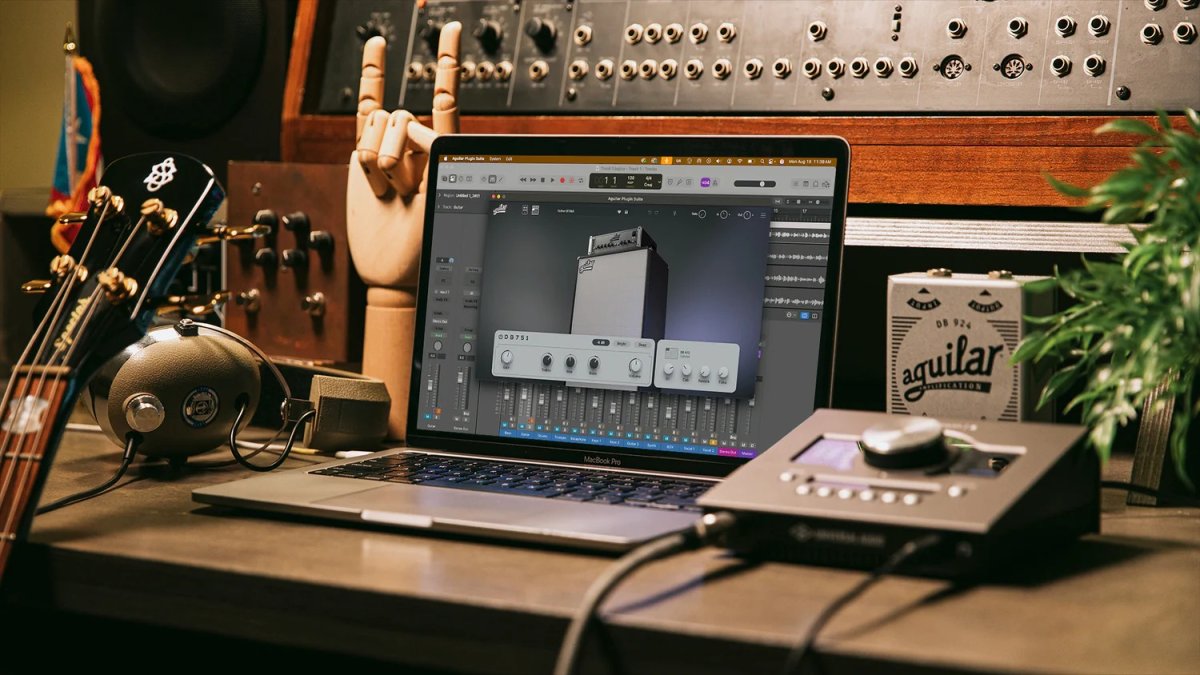A Portable Swiss Army Knife for Bass Players Disclaimer: This pedal was kindly provided by MVave for the purpose of this review. However, this does not influence our opinions or the content of our reviews. We strive to provide honest, unbiased, and accurate assessments to ensure that our readers receive truthful and helpful information. Introduction The M-VAVE Tank B follows the same “strip-style” pedal design made popular by units like the Tech 21 SansAmp series and the Flamma FB200 — compact, multi-function processors that give you a full rig’s worth of tone in a single, narrow housing. It’s aimed squarely at bassists who want a complete effects chain and DI solution without the bulk or price of larger multi-effects boards. Like its smaller sibling, the M-VAVE Cube Baby Bass, the Tank B continues M-VAVE’s push toward affordable, portable gear that doesn’t compromise on flexibility. TL;DR A compact, rechargeable, and feature-packed bass multi-effects pedal that offers strong value for practice, live gigs, and direct recording — though with expected trade-offs in sound depth and noise performance compared to higher-end gear. Check Price on Amazon –> What makes the Tank B so appealing is its form factor. It’s a slim, elongated pedal — the classic strip style — small enough to fit in a gig bag, yet loaded with tools you’d normally find in a much larger multi-effects processor. The built-in rechargeable battery is a standout feature, making it genuinely portable. You can plug in your bass and headphones anywhere — no power supply or amp needed — and start playing. Connectivity is generous for such a compact unit. There’s a standard instrument input, a headphone jack for silent practice, and a balanced XLR output for going straight into a mixer or PA. The USB-C connection adds even more flexibility, letting you use the Tank B as a simple audio interface for your computer or phone. That means recording, livestreaming, or re-amping without extra hardware. Inside, the signal chain covers everything you need: noise gate, compressor, preamp, EQ, modulation, delay, reverb, and cabinet simulation. You can store up to 36 presets, each with your preferred combination of effects, which makes switching between sounds quick and seamless. The amp and preamp models give you a range of usable tones — from clean and round to slightly overdriven — that hold up well for practice and casual gigs. Paired with the 3-band EQ, you can shape your tone easily, whether you’re chasing deep vintage warmth or a more modern edge. The compressor and gate aren’t fancy, but they do a solid job keeping your dynamics tight and noise under control. Modulation and ambience effects are basic but musical, adding just enough character without muddying the sound. One of the Tank B’s strongest points is its IR (Impulse Response) capability. It comes with a selection of built-in cabinet IRs, but you can import your own via the companion app. This is where the pedal really opens up — loading higher-quality third-party IRs can elevate your tone dramatically. The app also makes editing presets much easier than scrolling through the pedal’s small display, letting you organize and fine-tune your patches quickly. In use, the Tank B feels like a smart evolution of M-VAVE’s earlier devices such as the Cube Baby Bass. While the Cube Baby focuses on ultra-portable, beginner-friendly use, the Tank B steps things up with more routing options, balanced outputs, and deeper tone control. Together, they form a nice ecosystem — the Cube Baby for grab-and-go playing, and the Tank B for players who want something more complete yet still compact. Limitations Of course, there are limits. The DSP power isn’t in the same league as premium modelers, so you’ll notice a bit of background hiss, especially with higher gain or stacked effects. The stock IRs are serviceable but don’t do the pedal justice — swapping them out is almost mandatory if you want truly inspiring tones. Editing directly on the unit can also feel cramped; it’s far better to use the app whenever possible. Still, the overall experience is very positive. The Tank B offers more functionality than most players will ever need in such a small footprint, and the fact that it doubles as an audio interface is a huge plus. For small gigs, quick rehearsals, or silent practice, it’s a truly capable little rig. Pros and Cons Pros Cons Q&A Can I use it as a DI on stage?Yes. The balanced XLR output lets you plug straight into a PA or audio interface, and it performs well for live setups when levels are adjusted properly. Can I record directly to my computer or phone?Definitely. The Tank B works as a USB audio interface, perfect for recording ideas or streaming. Does it take third-party IRs?Yes, and you’ll want to use that feature — loading custom IRs significantly improves the overall tone. How long does the battery last?It depends on your setup, but it’s good enough for several practice sessions or a small gig before needing a recharge. Is it better than the Cube Baby Bass?They’re made for different purposes. The Cube Baby Bass is simpler and smaller, ideal for beginners or ultra-portable use, while the Tank B offers more control, outputs, and editing options for players who want a fuller rig experience. Conclusion The M-VAVE Tank B manages to deliver a surprisingly complete bass solution in a format no bigger than a pencil case. It’s versatile, affordable, and easy to carry — perfect for players who want to practice anywhere or perform without a heavy pedalboard. While the stock tones and DSP have their limits, the inclusion of user IR loading, rechargeable power, and USB connectivity make it one of the best budget multi-effects options available. If you’re a fan of compact rigs like the Tech 21 or Flamma FB200, the Tank B feels instantly familiar — but with a modern twist and a much friendlier price tag. And for anyone already using the M-VAVE Cube Baby Bass, this pedal is
